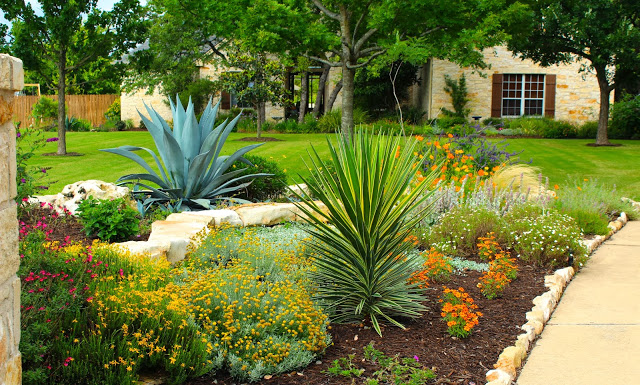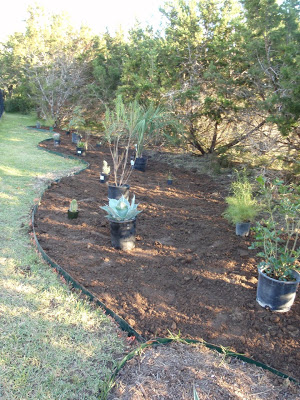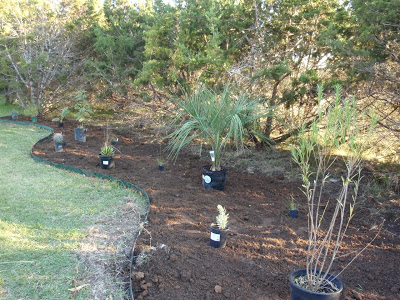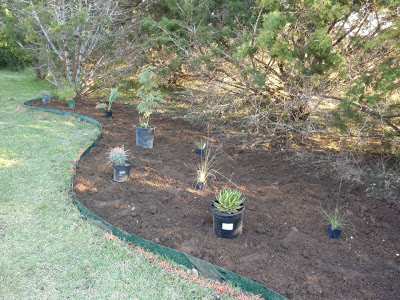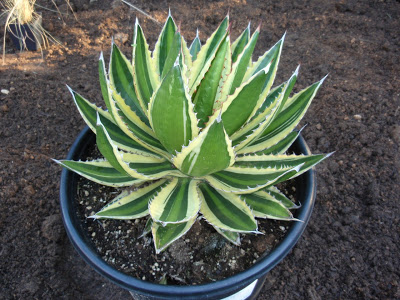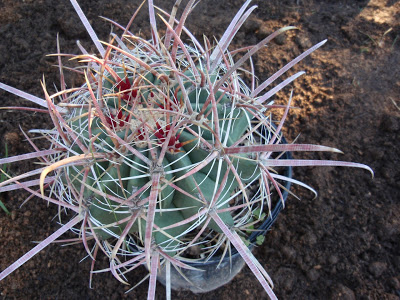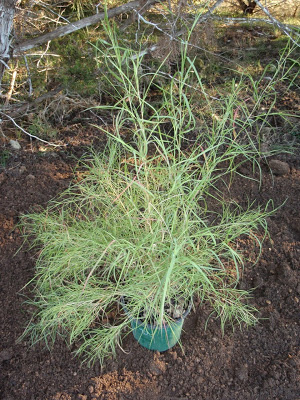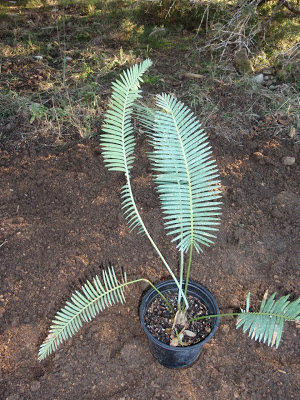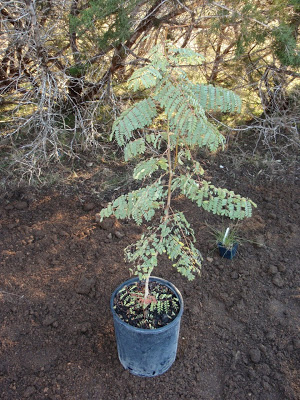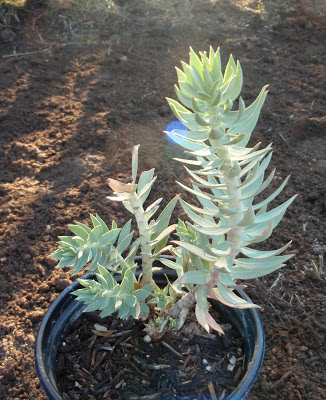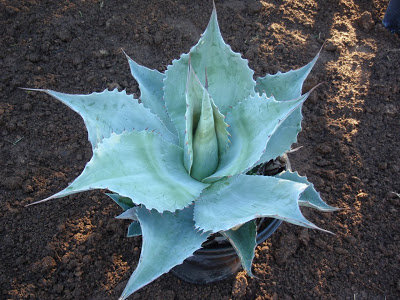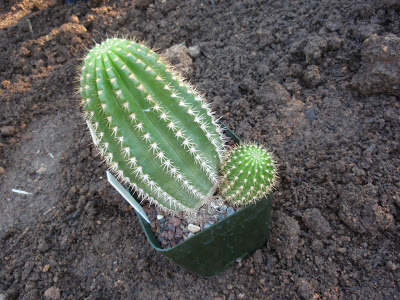Toughing out the drought, agaves abound in my garden…
Like many Central Texas gardeners learning to cope with the drought, I have a growing collection of agaves in my garden.
I believe this is a Webberi – it will get very large and it’s growing in a very xeric bed outside of my back fence.
This beautiful, deep green agave is ‘green goblet,’ a passalong Pam of Digging shared with me. I love the uncommon color on this one, but be careful, the spines on this one are absolutely unforgiving!
This is an agave parryi truncata, which typically grows 2-3 feet tall and 2-4 feet wide – a very manageable size for a smaller garden.
This is what I believe to be agave ovatofolia, or ‘whale’s tongue’ agave. Frequently confused with parryi agaves, they are sometimes mislabeled. It is one of the agaves proported not to pup, and it grows to 3-4 feet tall and wide. Because of its neat and uniform growth, it makes a wonderful focal point in the garden.
This agave is called “blue glow” and it’s easy to see why.
This variegated agave has fine spines and is quite happy living in partial shade with very little water.
One of my favorites is the “squid agave” with it’s delicate tentacles curling out into the sky. After several years in this bed, this one is starting to produce quite a few pups.
These prolific pups belong to my Agave franzosinii — a beautiful and graceful piece of sculpture that is the centerpiece of the raised bed at the entrance to our home. They are a lot of work – removing them is a regular chore because I don’t want a mass tangle of unruly agaves, I just want the one focal point. But it’s worth it.
And here’s the mama Franzosinii from afar in its bed. The Spanish dagger in the foreground had to find a new home, though, because it was stealing the show from the blue agave! Can’t have that.
With the dire forecasts of this unbearable drought, I’m pleased with these xeric additions to my garden. There are many more wonderful varieties to try, and many of them are on my list.











